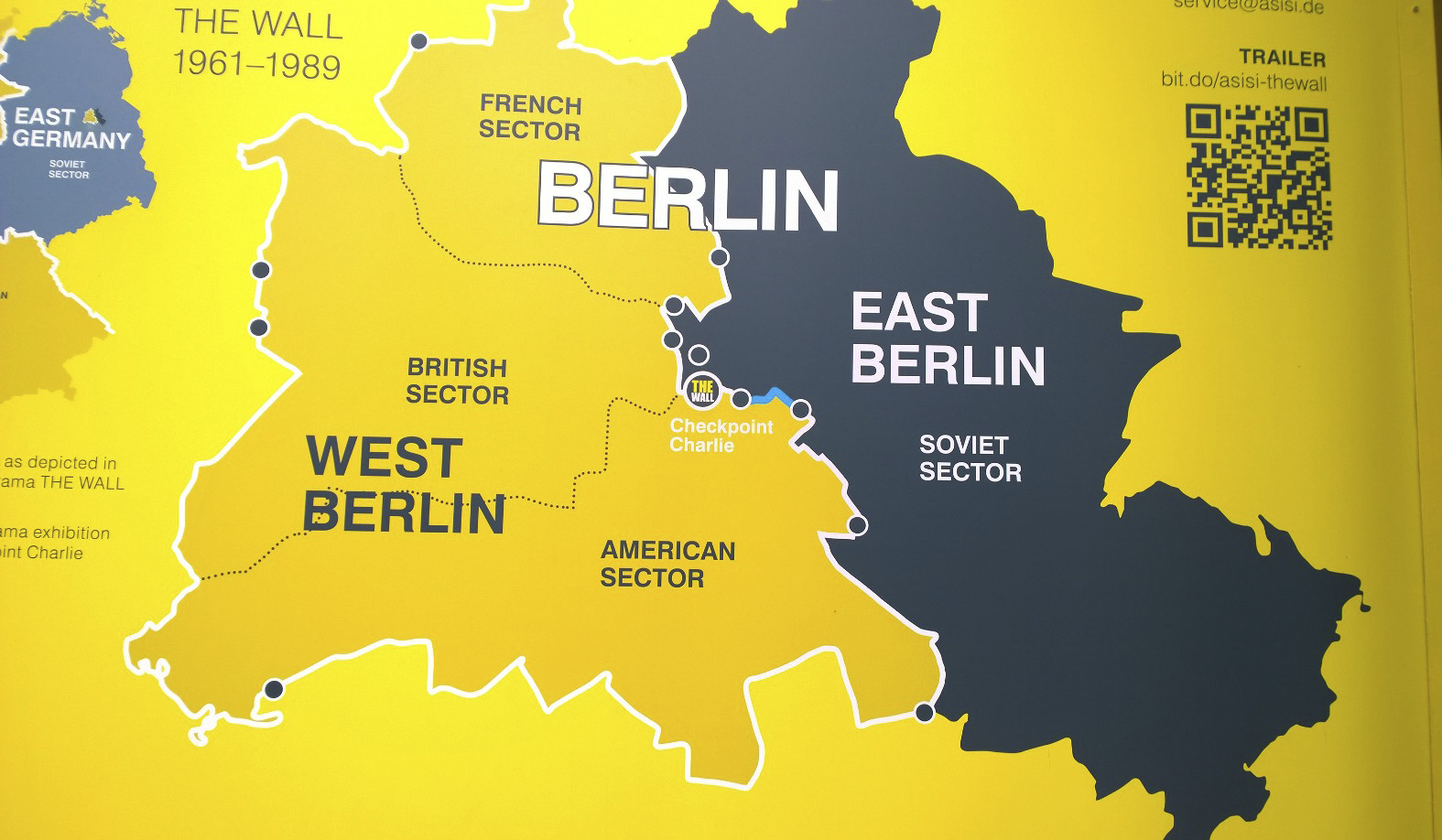By the 1980s, there were thousands of nuclear weapons aimed at the United States, and an equal number targeted at the Soviet Union. The arms race was running out of control and only a vague notion of “mutually assured destruction” stood between war and peace for the world’s superpowers.
And yet, citizens did not sit idly by. Quietly a movement formed, built by citizen diplomats who reached across the Pacific to engage their neighbors, one conversation at a time. Washingtonians, in particular, saw an opportunity to bring peace with their neighbors through business partnerships, sister-city relationships, and cultural exchanges. Presented by the Washington State Historical Society, Glasnost and Goodwill: Citizen Diplomacy in the Northwest is an invigorating plunge into how citizen diplomacy in Washington and the greater Northwest contributed to the thawing of the Cold War.
Glasnost & Goodwill is brought to life through compelling photographs, rare videos, fascinating oral histories, and authentic artifacts that trace the rise of grassroots diplomacy in Northwest from the late 1930s through the collapse of the Soviet Union in 1991 and beyond. Many of the citizen activists contributed to and were involved in creating the exhibition. Their stories reveal the levels of fear and hope that drove their unprecedented actions.


In 1987, Lynne Cox became the first person to swim the Bering Strait between the United States and the Soviet Union. “Deep down, I was scared to death of the Soviets. When I was a child, we’d be drilled by our teachers to duck under our desks and cover our heads. This, we were told, would protect us from nuclear missiles,” she said. “But more than anything, I wanted to believe that the Soviet Union wasn’t the evil empire. Soviet citizens were people like us. Why did they have to be enemies? Why did we have to fear them?”
Visitors will learn about people from Washington traveling behind the Iron Curtain with thousands of letters expressing wishes for peace; fishermen working together in an international business venture, an extraordinary idea at the time; the Mount Everest Earth Day 20 International Peace Climb; and more. These and other initiatives, taken together, shifted the needle from tension toward peace. These efforts culminated in the Goodwill Games, hosted throughout Washington State – a major undertaking that further cemented the special relationship between Washingtonians and the Soviet people.
“Generations born post-Soviet Union may not know a lot about the Cold War. Those of us who experienced the height of the tension between the Soviet Union and the United States may not be aware of the extent of the involvement of ordinary citizens in Washington,” said Gwen Whiting, Washington State History Museum’s Lead Curator. “Glasnost and Goodwill explores these individuals’ efforts to build friendship and diminish the crisis.”
On the evening of October 5, guests at the History Museum’s Preview Party will have the opportunity to tour the exhibition and meet special guests whose stories are part of the exhibition. Dr. Richard Scheuerman, Professor Emeritus at Seattle Pacific University, will speak about the 200 year history of friendship between the people of Russia and the United States. Tickets to the preview party are $15.00 and can be purchased through the History Museum’s website.








